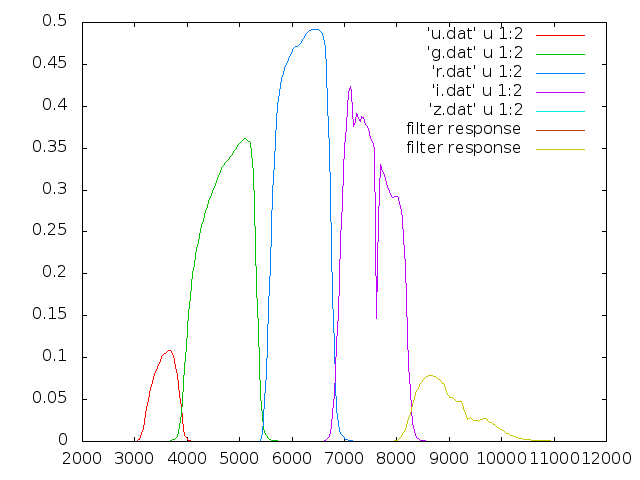A couple of things i found on Python
Used to clear and history on the terminal and on the iPython console, i feel frustrated working on the native python interpreter on a terminal. So while looking for solutions, i found these - import os clear = lambda: os.system('clear') clear() will do what clear will does on the terminal. We can just replace clear in os.system('clear') with ls, pwd or other common unix commands. It was useful for me because i was going through checking through multiple files and defining ls() in python was easier than changing between two tabs on the terminal. import readline for i in xrange(readline.get_current_history_length()): readline.get_history_item(i) will do what history does on the terminal. Further, you one could append the output to a log file. Just saying... EDIT: Instead of pwd = lambda: os.system('pwd') y ou could use the already d efined os.getcwd(). And note, cd = lambda:os.system('cd') doesn't work. Ins...

